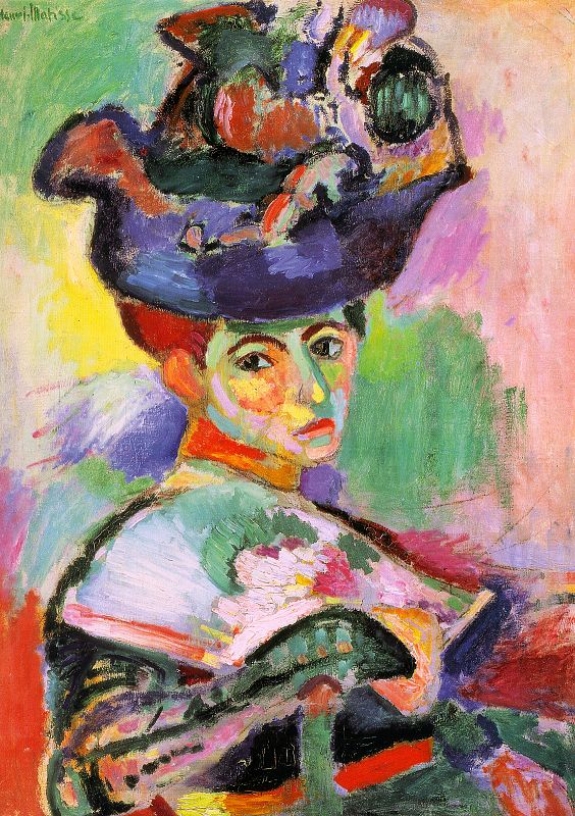What nerve they had!
Barely out of their 20s, Gertrude Stein and her brother Leo, expatriate Americans who had grown up in Oakland, began buying work by several of the most radical artists then working in Paris. Their older brother Michael and his wife, Sarah, soon followed their example, no less daringly.
"The Steins Collect: Matisse, Picasso and the Parisian Avant-Garde," which opens today at the San Francisco Museum of Modern Art, breathtakingly unfolds the record of the family's taste in early 20th century modernism.
The show's wealth of documentary material includes the catalog of the 1970-71 exhibition "Four Americans in Paris: The Collections of Gertrude Stein and Her Family," forerunner of the present project and a rudimentary template for it.
The Museum of Modern Art in New York organized "Four Americans" - and sent a version of the show to the San Francisco Museum of Art, as SFMOMA called itself then - shortly after acquiring several works from Gertrude's estate after the 1967 death of her companion of 36 years, Alice B. Toklas. Visitors to SFMOMA who happened to see "Four Americans" in New York will remember a grand experience, but "The Steins Collect" expands all of its dimensions, like a mansion built around a cottage.
Picasso and Matisse tower over everyone else here, but outstanding works by others do crop up.
The first room, dedicated to Leo's self-education as a collector, includes Cézanne's "Five Apples" (1877-78), in whose tiny dimensions his concentration feels explosively compressed. In a later room, which dramatizes the divergence of Gertrude's taste from Leo's, Juan Gris' "Flowers" (1914) proves that Picasso's Cubism had in it implicit graces unexploited even by him.
Mural-scale enlargements of historical photos in several rooms show us paintings in the exhibition as the Steins lived with them. The example most striking to me: a shot of Gertrude's atelier at 27 Rue de Fleurus showing a row of small proto-Cubist Picasso female heads. Several of them hang here, foreshadowing, as grimaces do a sneeze, the epochal novelty of his 1908 "Demoiselles d'Avignon." That picture's ringing absence from the exhibition raises again the question why Gertrude did not buy it when no one else would.
"The Steins Collect" tells the complicated story of Leo taking the lead as a bohemian in Paris, of Gertrude joining him, and their collecting taste evolving in tandem until a breach occurred over Picasso's breakthrough into Cubism.
Meanwhile, Michael and Sarah Stein, who relocated from France to Palo Alto in 1935, championed Matisse above all his contemporaries. They influenced several American friends abroad and in the Bay Area to acquire pieces by Matisse, leading to major gifts and bequests of the artist's work to SFMOMA, including his painted portraits of Michael and Sarah.



